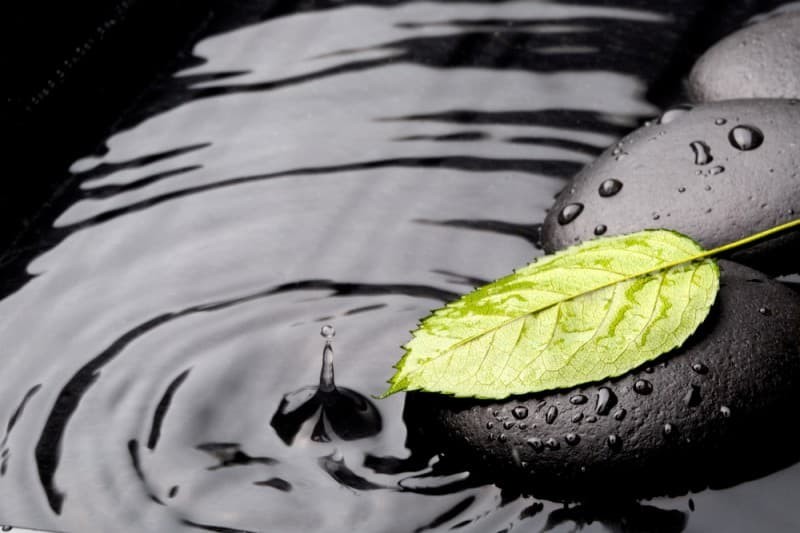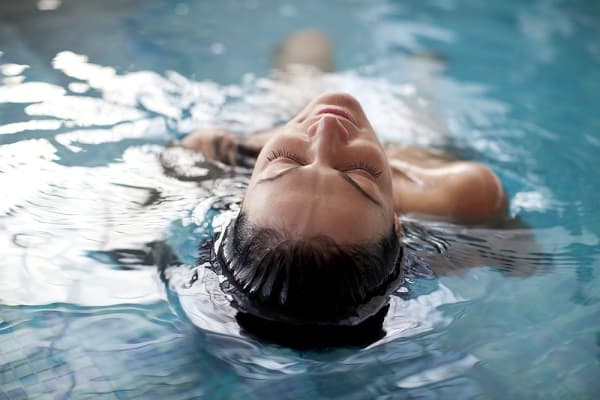
Hydrotherapy is the use of water in the treatment of disease. The use of water for therapy has been around for thousands of years, as far back as ancient India, Greece and Rome. Hydrotherapy has been an integral part in many traditional medicine systems since before the advent of modern medicine. It has been scientifically proven to work and may be of benefit to many people.
How Does Hydrotherapy Work
The healing properties of hydrotherapy are based on its mechanical and/or thermal effects. It makes use of the body’s reaction to hot and cold stimuli. It can include hot water and cold water, each of which has a different effect on the body. to the protracted application of heat, to the pressure exerted by the water, and to the sensation of the water itself. Nerves carry what is felt by the skin deeper into the body, where it is then vital in stimulating the immune system, influencing the production of stress hormones, improving circulation and digestion, encouraging the flow of blood, and lessening the body’s sensitivity to pain.
Hot water is used to quiet and soothe the body, and to slow down the activity of internal organs. Cold is used to stimulate and invigorate, increasing internal activity within the body. If you are experiencing tense muscles or anxiety, heat is recommended in the shower or bath. For feeling tired and stressed out, it is recommended to take a warm shower or bath followed by a short cold shower to help stimulate the body and mind.
When submerged in a body of water such as a bath or a pool, there is a kind of weightlessness, as the water relieves your body of much of the effects of gravity. Water also has a hydrostatic effect and has a massage-like feeling as the water gently kneads your body. Water, when it is moving, stimulates the touch receptors on the skin, increasing blood circulation and releasing tight muscles.
Types of Hydrotherapy
Under the general heading of hydrotherapy, there are several techniques. These include:
- Baths and showers
- Neutral baths
- Sitz baths and contrast sitz baths (hot and cold)
- Foot baths
- Cold mitten friction rub
- Steam inhalation
- Hot and cold compresses or alternating hot and cold compresses
- Heating compresses
- Body wrap
- Wet sheet pack
- Salt glow
External hydrotherapy involves the immersion of the body in water or the application of water or ice to the body, while temperature-based hydrotherapy involve the different effects of hot or cold water on the skin and underlying tissues. Hot water relaxes muscles and causes sweating, and is used to treat arthritis, rheumatism, poor circulation, and sore muscles. It can be used in combination with aromatherapy.

Cold water hydrotherapy is used to stimulate blood flow in the skin and underlying muscles. Temperature based treatments include the application of moist heat or cold to specific parts of the body. The application of moist heat is called fomentation, and is used for conditions such as chest cold, flu, or arthritis. Cold compresses or ice packs are used for sprains, headaches, or dental surgery. Body packs are used to calm psychiatric patients and for detoxification.
Sitz baths are where the patient sits in a specially made tub that allows the lower abdomen to be submerged in water that is a different temperature to the water around the feet. These baths are recommended for hemorrhoids, prostate swelling, menstrual cramps, and other genitourinary disorders. Motion-based hydrotherapy uses water under pressure such as in a spa, to massage the body and is commonly used for muscle or joint injuries as well as for stress and anxiety. Internal hydrotherapy includes colonic irrigation and enemas. Steam baths are also a form of internal hydrotherapy.
When Hydrotherapy is Not Recommended
Hydrotherapy is not recommended for everyone and before using hydrotherapy, you should discuss it with a doctor or hydrotherapist. It may not be an appropriate therapy for people who have:
Cardiovascular disease or high blood pressure. It may put additional stress on the heart
- Fever
- Inflammation can become worse with hydrotherapy
- Kidney disease
- Pregnancy
It can be combined with standard care and studies have shown that it can be of benefit to people who are using conventional medicines.
Scientific Proof That Hydrotherapy Works
Studies have shown that hydrotherapy when combined with conventional medicine can help people recover more quickly.

A study done with people with osteoarthritis in the knee concluded that those who used hydrotherapy had better outcomes than those who did not. 60 people were included in the experiment and their average age was 68.3 years of age. They underwent an eight week trial and those who used hydrotherapy and medication had a better outcome than those who were on medication alone. The study was followed up after three months and those who used hydrotherapy had better results with pain, function, quality of life, functional mobility and depression.
A study with osteoarthritis came to the same conclusion. It concluded that people with osteoarthritis had small, short-term and clinically relevant effects on people with osteoarthritis. The patients reported less pain and increased mobility.
Another study was used on people with rheumatoid arthritis. The people were divided into two groups. One group had medication only, while the other group had medication and hydrotherapy. Cotreatment with medication and hydrotherapy showed an increase in antioxidant enzymes. The conclusion of the study indicated that medication combined with hydrotherapy was a better alternative than medication alone.
Yet another study concluded that people who were involved in team sports could benefit from hydrotherapy. Both cold water immersion and contrast water immersion worked on sports injuries and the study concluded that hydrotherapy was beneficial for recovering from fatigue. However, it was not beneficial for recovery from muscle soreness.
Conditions Helped by Hydrotherapy
Hydrotherapy is used to treat many illnesses and conditions including:
- Acne
- Arthritis
- Colds
- Depression
- Headaches
- Stomach problems
- Joint, muscle, and nerve problems
- Sleep disorders
- Stress
It is also commonly used for relaxation and to maintain a person’s state of health. Hydrotherapy is also excellent for reducing or relieving sudden or long-lasting pain.
Other benefits of hydrotherapy include dramatically increasing the elimination of waste, thus assisting detoxification loosening tense, tight muscles and encouraging relaxation increasing the metabolic rate and digestion activity hydrating the cells, improving skin and muscle tone boosting the immune system, allowing it to function more efficiently.
Why Hydrotherapy is Good for Health
Scientific studies and the testimonials of people who use hydrotherapy have concluded that hydrotherapy is a beneficial treatment. It should be avoided by those who have the problems listed above in "When hydrotherapy is not recommended," but if people don't have any of those problems, it can be of tremendous benefit and even increase the effectiveness of medication.
Hydrotherapy can be of tremendous benefit to people suffering from osteoarthritis or rheumatoid arthritis and can be of more benefit than conventional medications. Conventional medications should be continued, but hydrotherapy can help people who suffer from those conditions to feel less pain and possibly become less depressed by the pain. It can be of benefit to fatigue when playing sports and the list of benefits of hydrotherapy extend even further than osteoarthritis, rheumatoid arthritis or sports. Sleep disorders, joint pain, headaches, stomach problems and other conditions can benefit from hydrotherapy.
To find a hydrotherapy practitioner in your area, check out this page.
|
Do you have a natural health & wellness business? |









